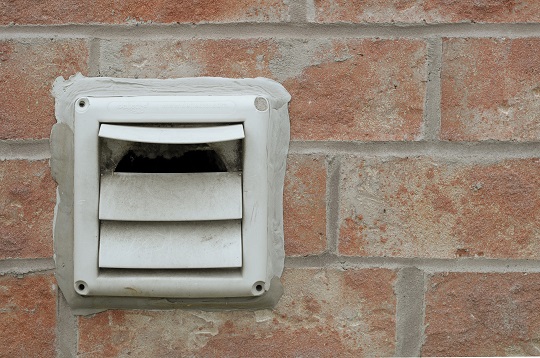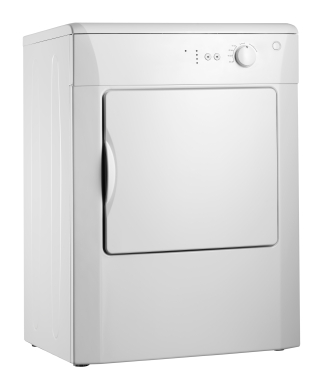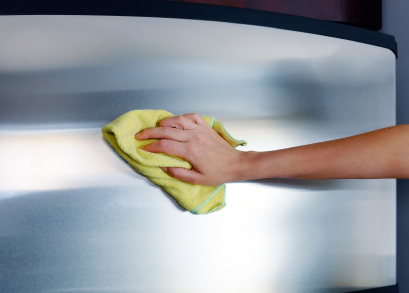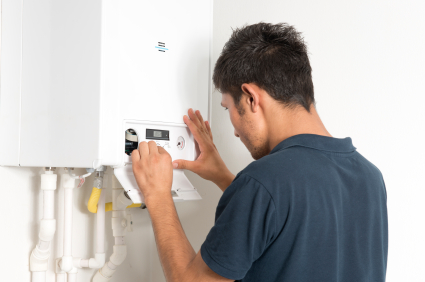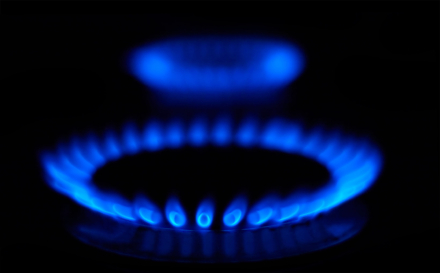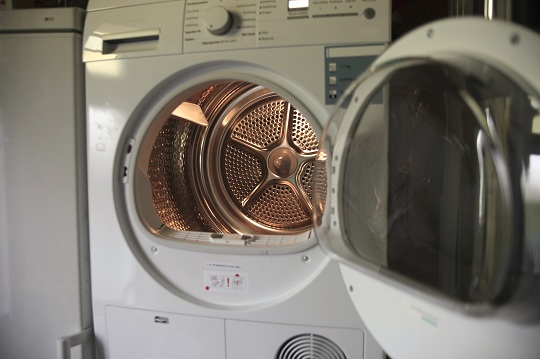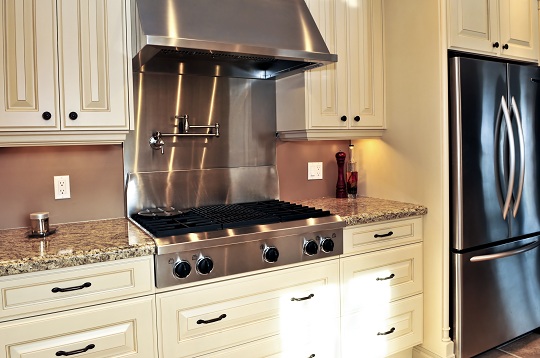Dryers employ forced heat in order to dry your clothes, which means that there must be an exhaust system of some kind. If the moist heat from the drying clothes can’t escape, the dryer’s contents would just stay hot and wet. This is where a dryer vent comes into play. A properly functioning vent is especially important on a gas-powered dryer due to of the risk of carbon monoxide buildup. Unfortunately, this isn’t something that comes conveniently packaged with your dryer. It must be purchased and installed separately. Here’s how to install a dryer vent.
Dryer Vent Installation
1. Choose your supplies carefully. Most dryers will accept a four-inch vent duct, which should never be made of flexible materials. Their inability to support their own weight can cause them to accumulate lint, which presents a serious fire hazard. Furthermore, any blockage of airflow can allow toxic carbon monoxide to build up in your home. The ducting you choose should be made exclusively of sheet metal. You’ll also need foil duct tape, a hole bit, power drill, caulking gun, and a tape measure.
2. Assuming you’ve already measured the shortest route to a ventilation area, you’ll need to cut a hole in the wall to make way for the vent. This is the most tedious part of dryer vent installation. Drill a pilot hole and go outside to confirm its position. If all looks well, use a power drill equipped with a four and one-quarter inch hole bit.
3. After the hole has been drilled, fit the vent cap into it, then fasten it into place using rust-resistant screws. When that’s finished, go inside and squeeze the ductwork into the back of the vent. Use a high-quality caulk to seal around the edges of the vent.
4. Depending on the location of your dryer and the construction of the room it’s in, you may need to install support for the ductwork. Stainless steel straps are best suited to this. Similarly, you should also use your foil duct tape to secure the piping joints together.
Need More Help?
Because some of the steps of dryer vent installation can be difficult, and because doing something wrong presents a danger, you might prefer to hire a professional to do this job. Fortunately, TalkLocal will connect you with an experienced, local appliance repair technician who can do the job right.

